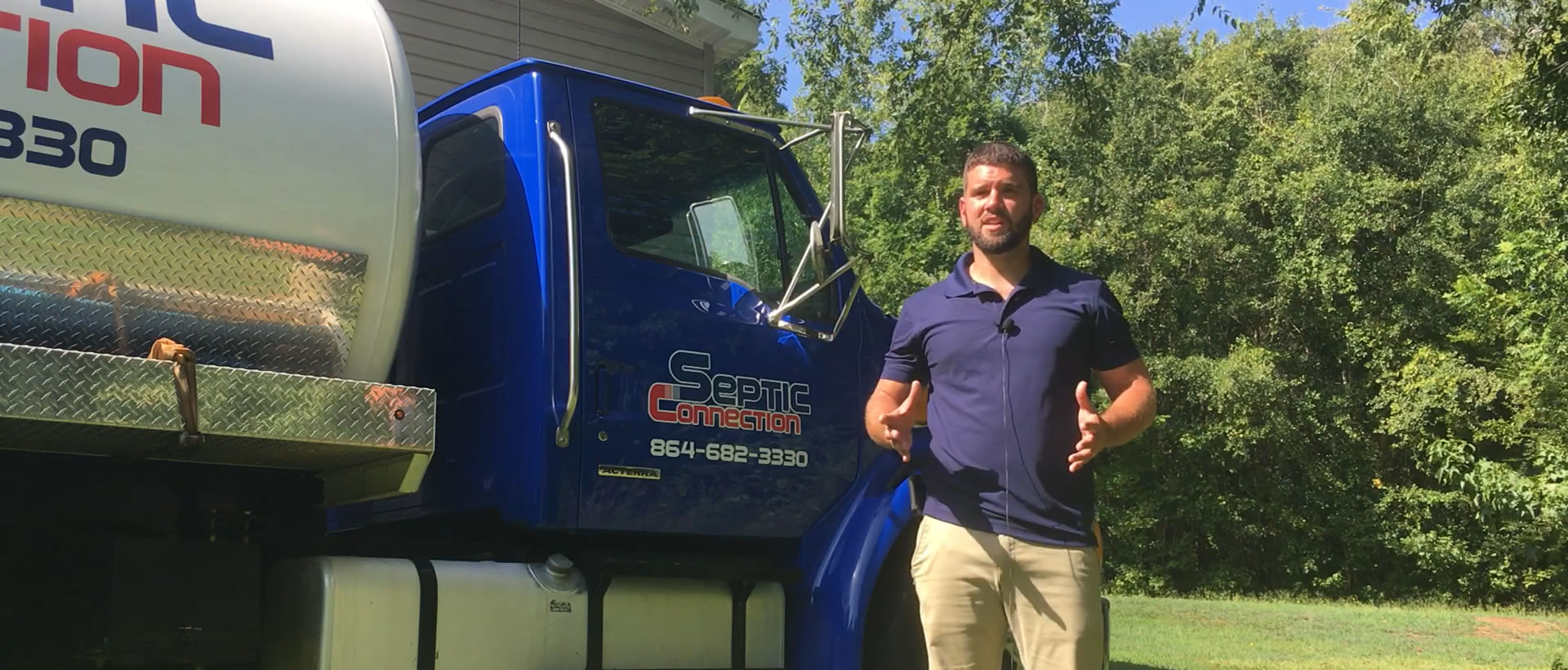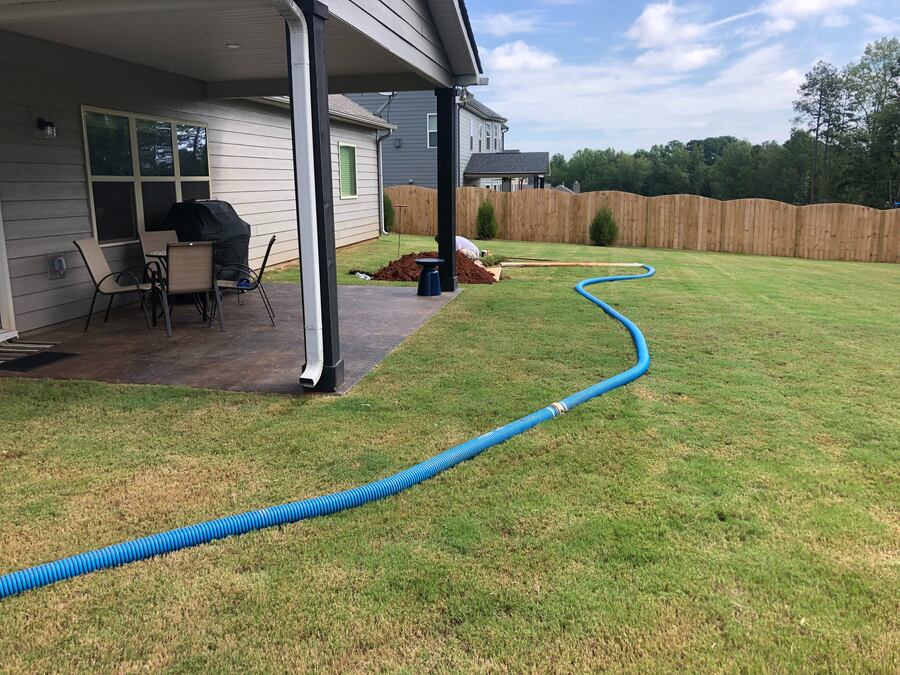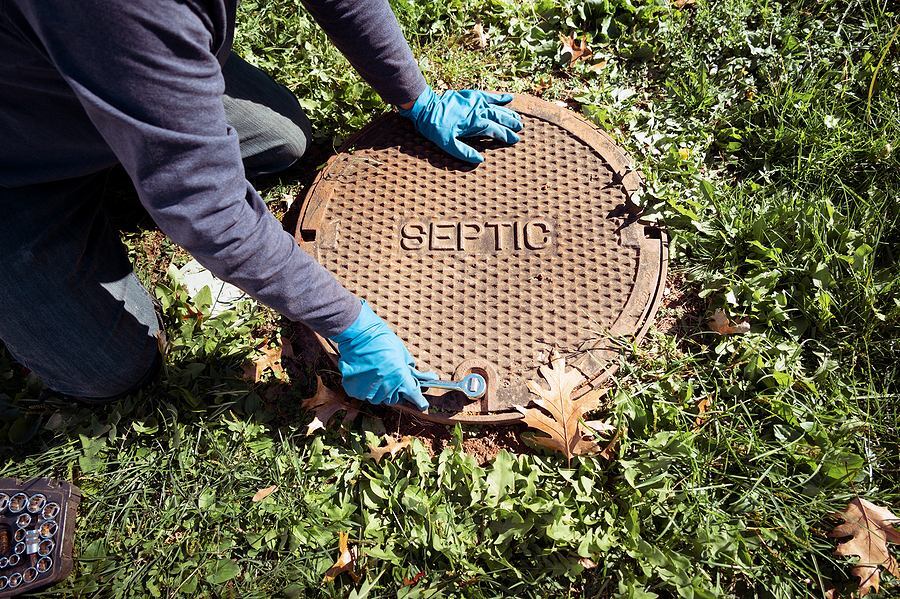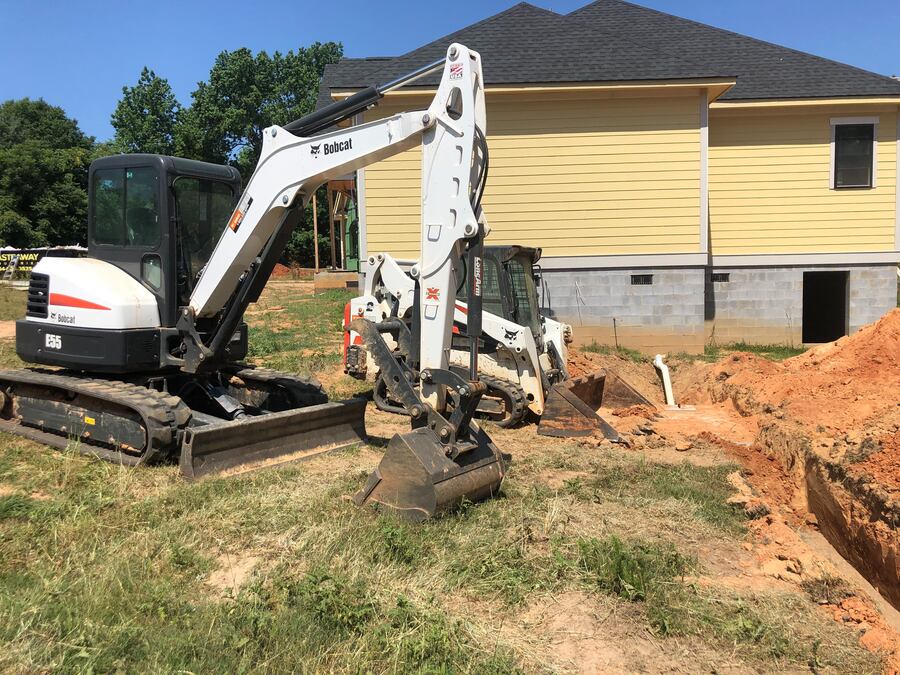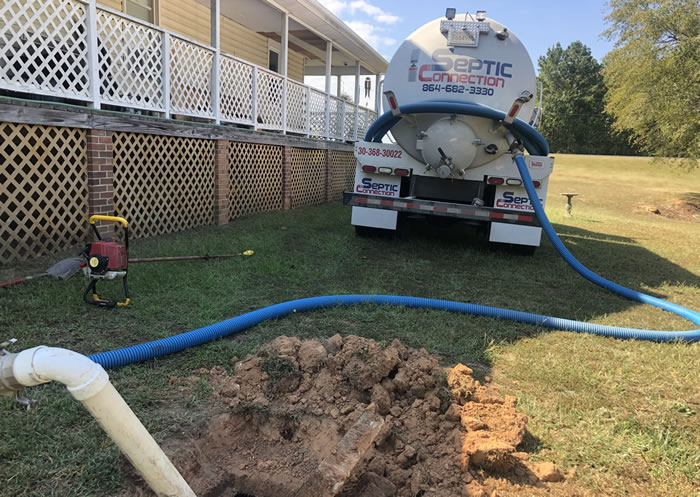
How Does Soil Impact the Septic System You Can Have?
When planning a septic tank installation or replacement, one of the critical factors to consider is the soil. The soil characteristics on your property influence the type and size of the septic system you can install. Septic Connection can ensure an efficient and durable wastewater treatment system if your property is not connected to a municipal sewer line. As a reputable septic company, we leverage extensive expertise to provide quality installation and maintenance services. Here's how soil can affect your septic system to help you make informed decisions.
Soil Depth
Soil depth is the first factor to consider when determining the suitability of your property for a septic system. The depth of the soil affects the septic tank and the drain field placement. Shallow soils may need more space for the effluent to be filtered adequately before reaching the groundwater. Deep soils, on the other hand, offer more room for the effluent to infiltrate and undergo treatment by natural soil processes. Industry professionals recommend at least 3 to 4 feet of unsaturated soil below the drain field to ensure effective wastewater treatment and mitigate septic tank repair emergencies.
Soil Permeability
Soil permeability refers to the soil's ability to absorb and allow water to pass through it. This characteristic is crucial for the proper functioning of a wastewater treatment system. Soil with high permeability, such as sand, allows water to pass through quickly, causing insufficient effluent treatment if not appropriately managed. On the other hand, soil with low permeability, like clay, absorbs water slowly, causing frequent backups and septic tank pumping sessions. Hire a trusted septic company to conduct a percolation or perc test to determine the soil's soil's permeability. The results can guide the septic system's design to match the soil's absorption capacity.
Soil Saturation
Soil saturation levels are vital to the effectiveness of a septic system. Saturated soils are already filled with water, leaving little room for wastewater from the system. This can cause malfunctions and costly septic tank repair services, as the effluent cannot be absorbed and treated effectively. During the site's initial evaluation, it's essential to check for signs of high water tables or areas prone to flooding. Conducting a septic tank installation in saturated soil can cause environmental contamination and costly repairs. In addition, poor drainage may lead to recurring septic tank pumping sessions, prompting more suitable solutions like a mound system.
Soil Composition
Lastly, the composition of the soil, including its texture and structure, affects how well it can treat wastewater. Soil with a balanced mixture of sand, silt, and clay, known as loam soil, is ideal for septic systems. They provide good drainage and filtration properties, ensuring the effluent is adequately treated before reaching the groundwater. Soils with a high clay content may require special considerations or modifications to enhance drainage and prevent system failure. Even if the soil in your yard has good drainage properties, routine inspections, and maintenance, like septic tank cleaning, go a long way to enhance efficiency and durability.
The soil on your property is a critical factor in determining the type and size of the septic system you can install. Contact us at Septic Connection and work with our experts to design a system that matches your soil conditions and ensures optimum efficiency. At competitive rates, we provide comprehensive services, from installation to routine septic tank cleaning and maintenance.
 How it works
How it works
